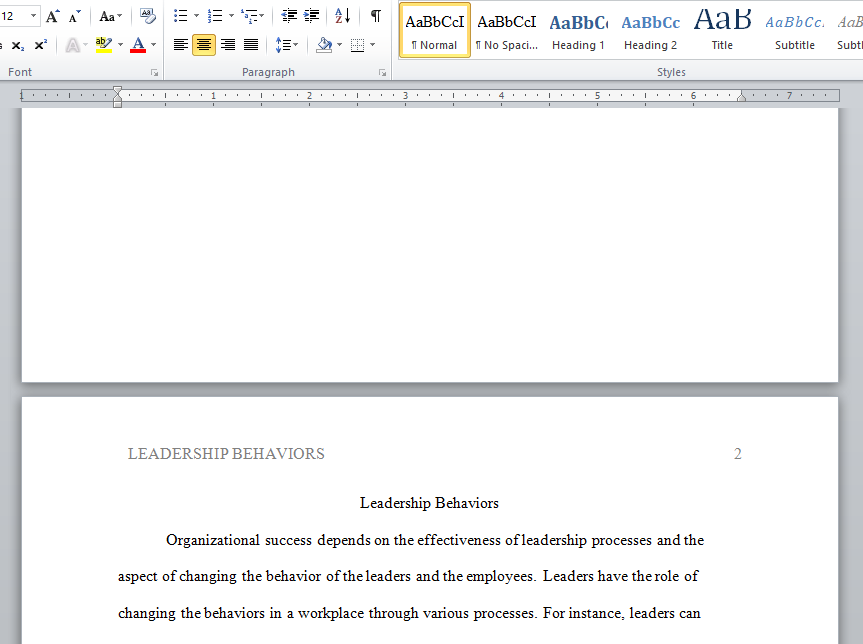How do leaders change behaviors ?
Leaders must be able to change behaviors as different positions, environments and people interactions call for it. There are different ways to change behavior appropriate for different domains: task, people, and organizational (Van Wart, 2017). As such, assessment is key in determining what behavior is appropriate to change, as according to Van Wart (2017), information and knowledge comes before leading. For example, tasks require monitoring and assessing work, while for people, consulting would be best as assessment. Gathering the right information gives direction and a clearer picture of the needs that need to be addressed in order to realign with a well-established goal or mission. The second part of changing behavior is of course what to do with that knowledge, which is also domain specific. If there are issues with a certain process and the reason has been identified, how you present this information and offering a solution requires good communication and influence in order to move followers and the organization into the right direction.
I am always one to ask questions, inquire, and observe just from my inspector background. Listening and communicating with others in order to obtain information as part of investigating a situation is how I would start off in changing behaviors. After obtaining the information, I would sit down and work through the evidence and identify areas where changes are appropriate. Either it be moving coworkers who do not get along with each other to different teams or changing a standard operating procedure for more accurate sampling data, starting off with a good assessment is useful in mapping out a solution. I would also make sure that the changes align with the organizations goals as well as balance any negatives with positive that may come with the change.
References
Van Wart, M. (2017). Leadership in Public Organizations: An Introduction. New York: Routledge.
Answer preview :

